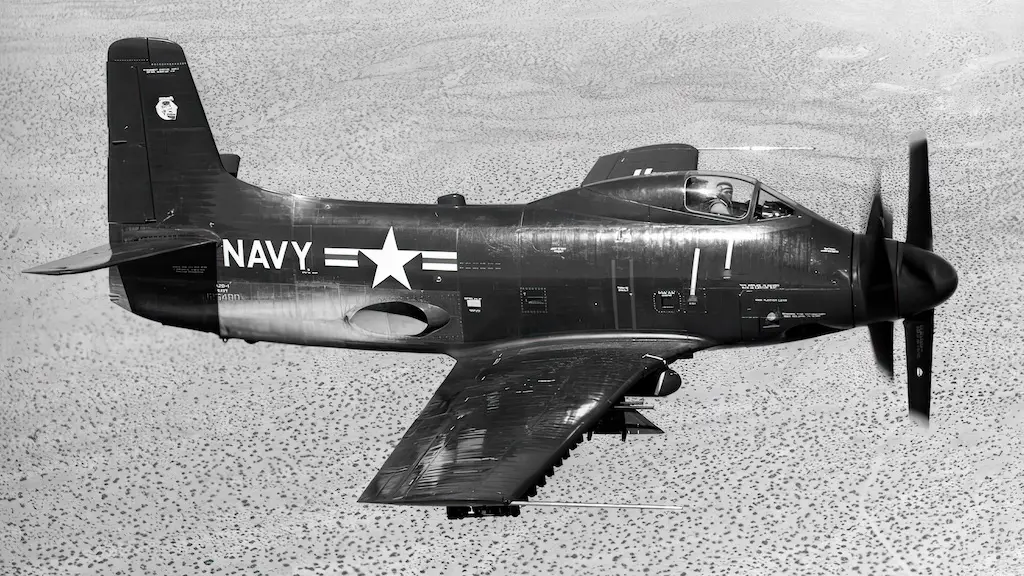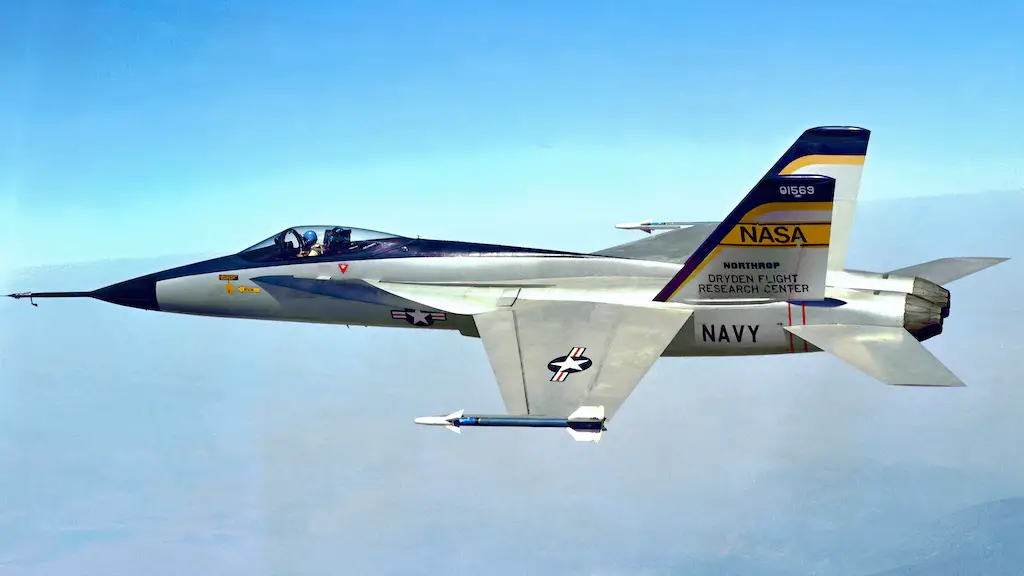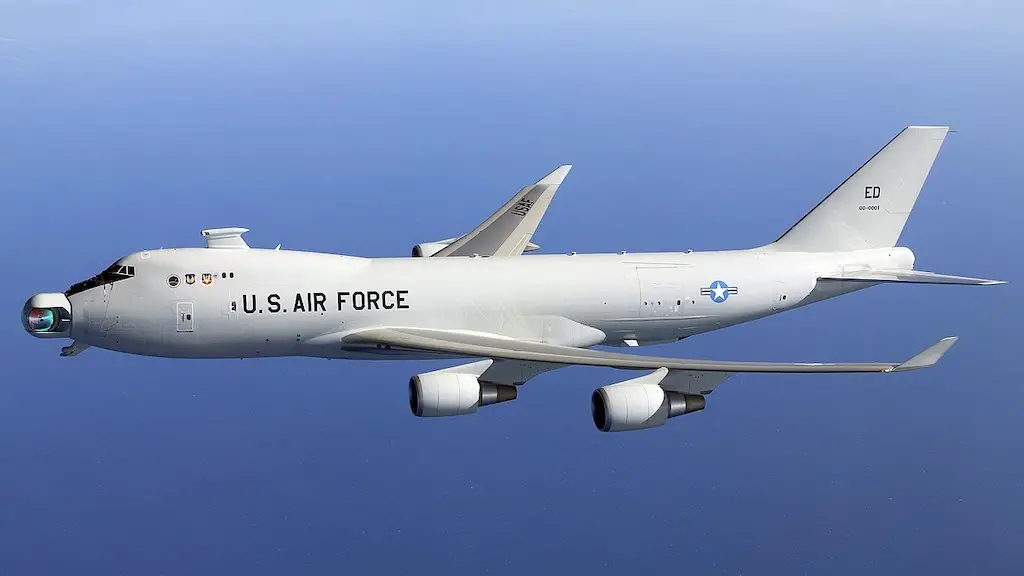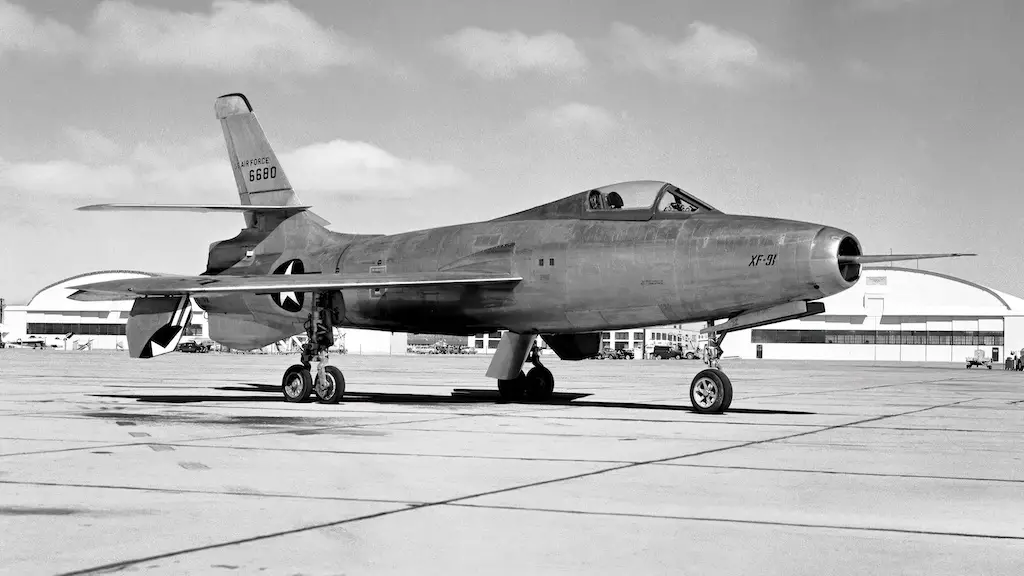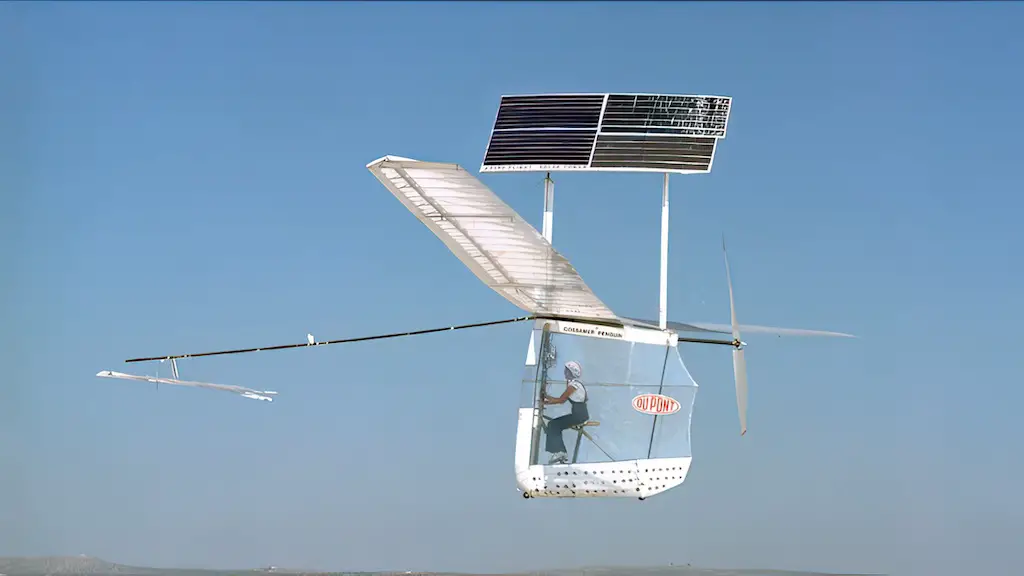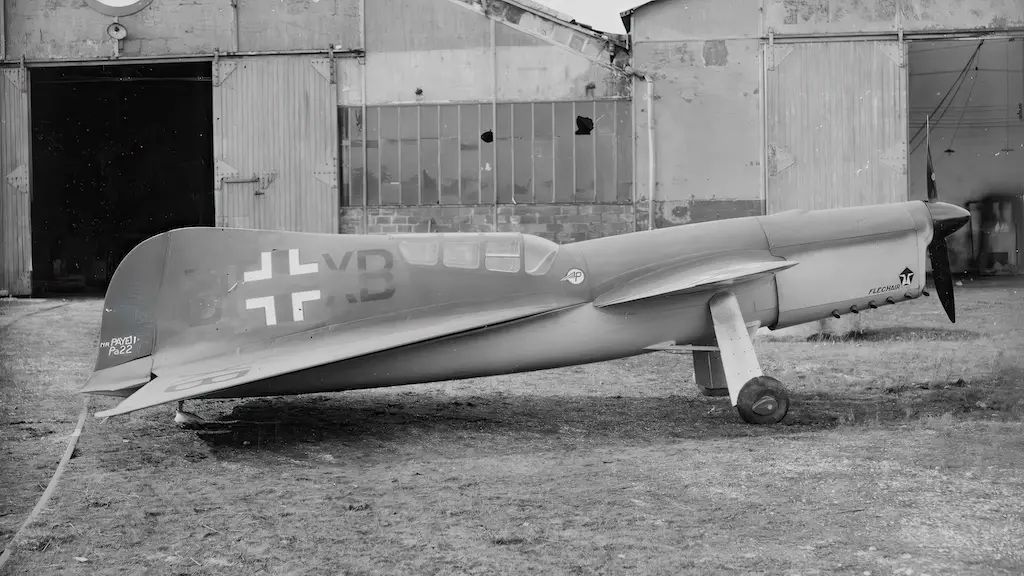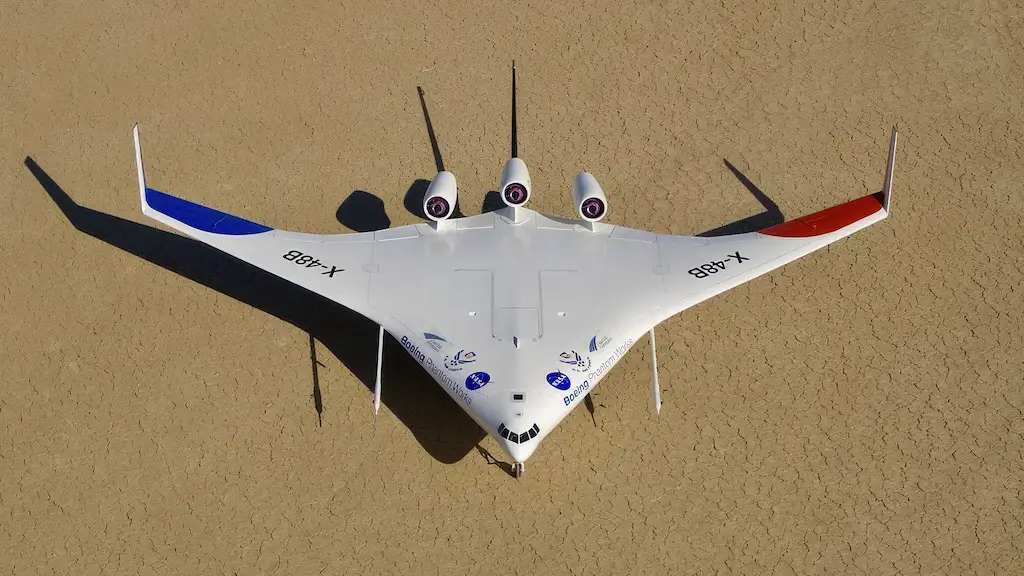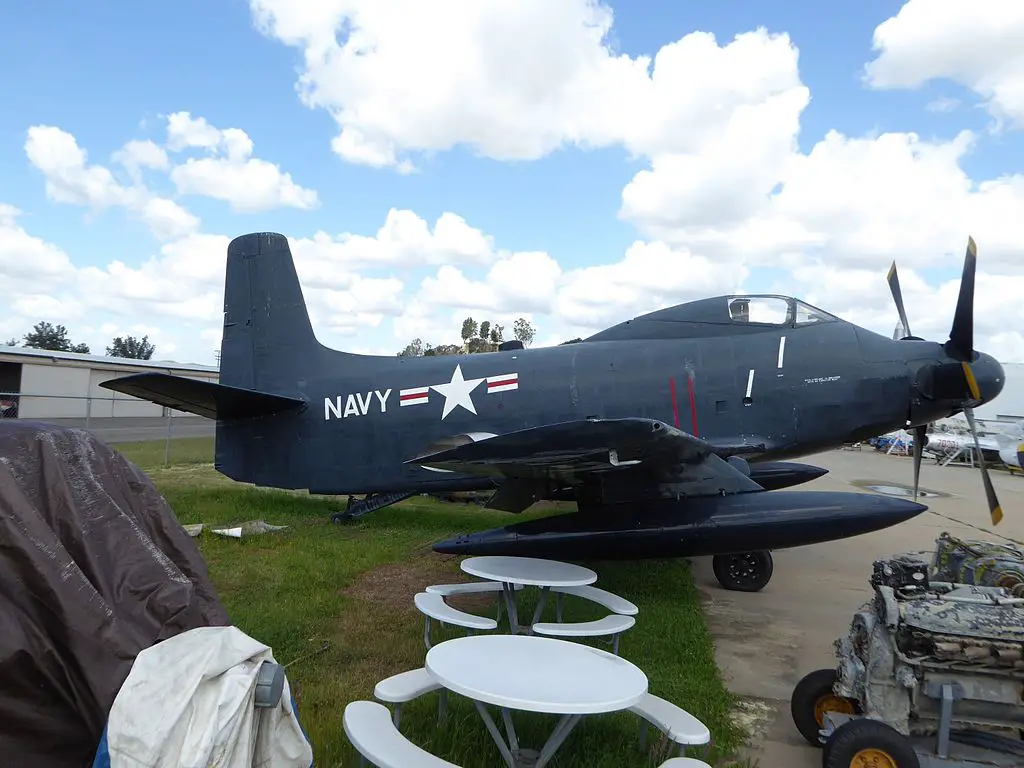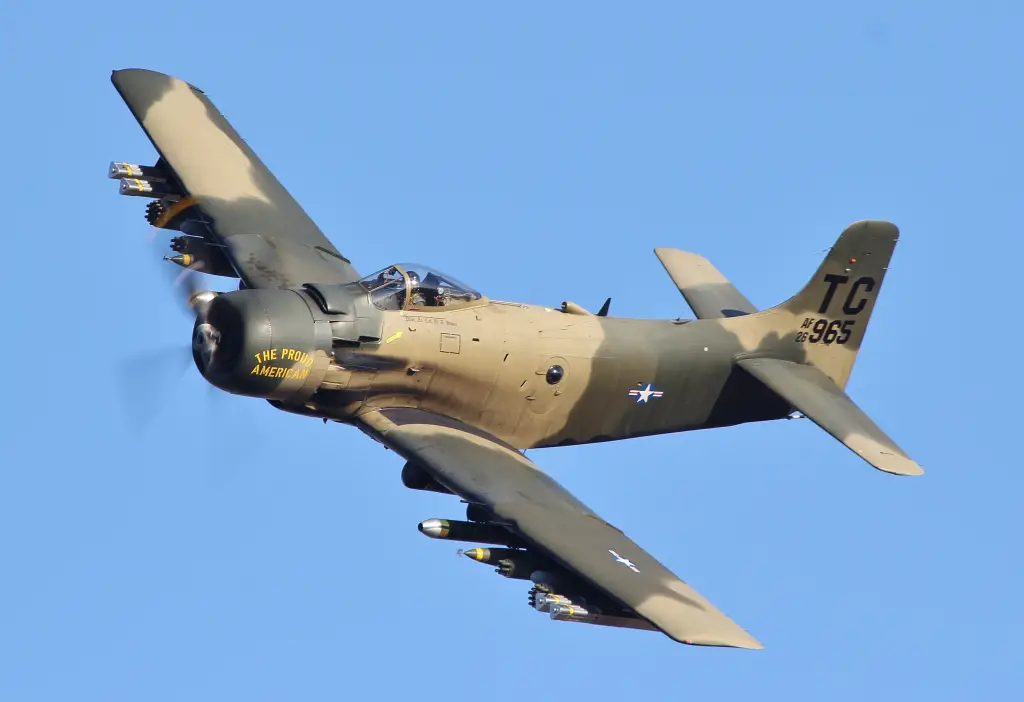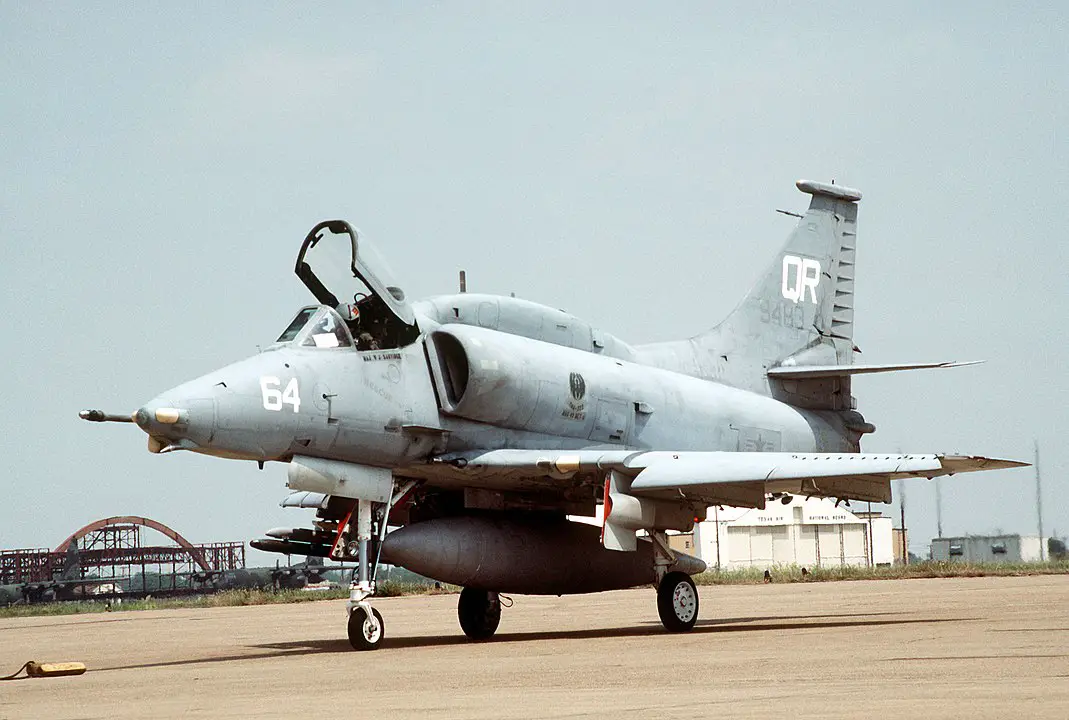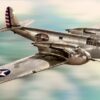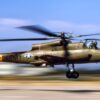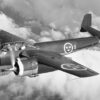After World War II, the U.S. Navy needed a cutting-edge attack aircraft. Jet engines offered speed and power, and Douglas Aircraft Company aimed to create a turboprop aircraft to bridge the gap between propeller and jet planes. The Douglas A2D Skyshark, an innovative aircraft, sought to change aerial warfare.
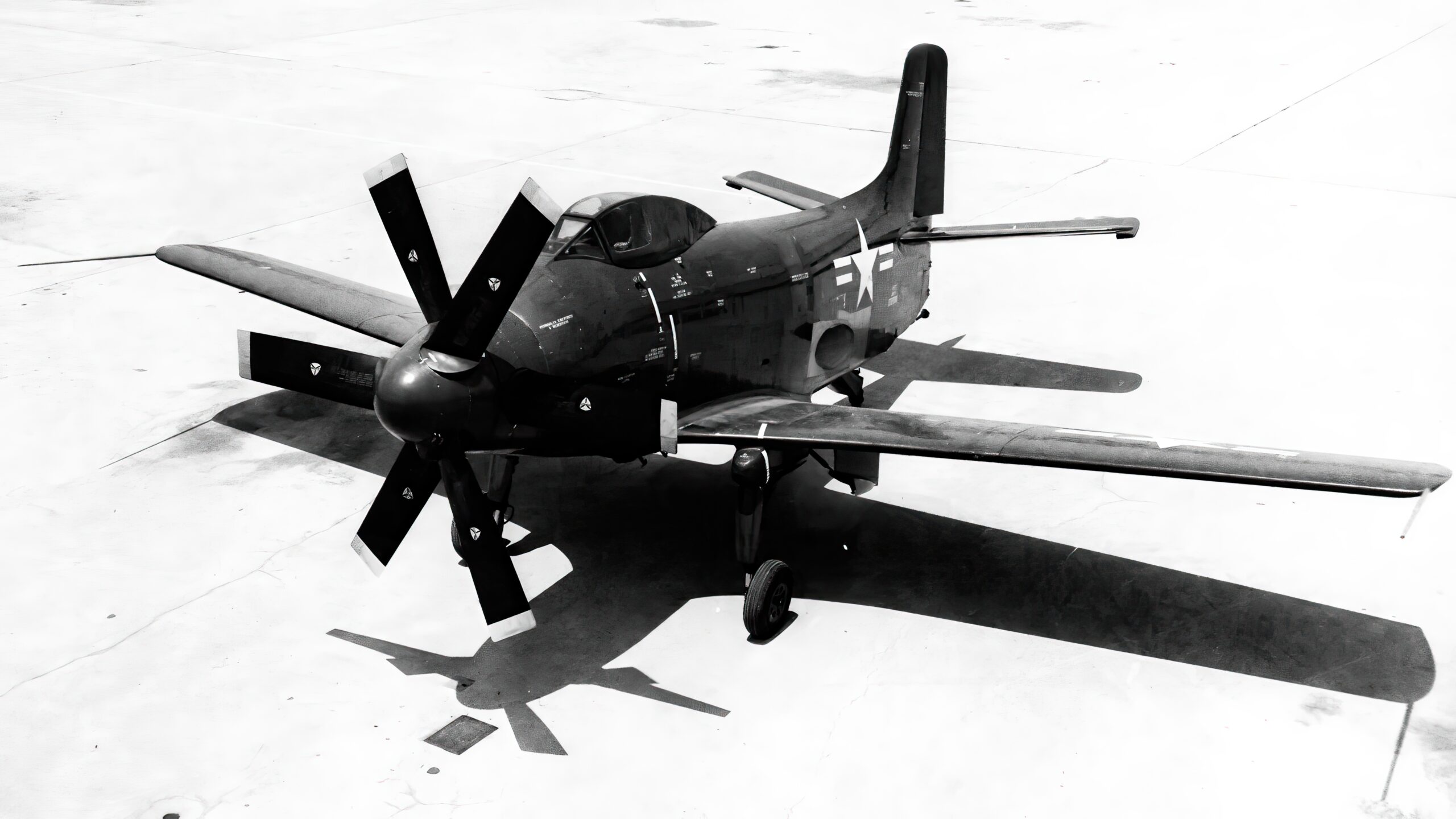
Design and Development
Skyshark development began in 1945 when the U.S. Navy requested proposals for a new attack aircraft. Douglas Aircraft Company, an aviation technology leader, introduced their XA2D-1 prototype. This design married the AD Skyraider’s proven airframe with the powerful Allison XT-40-A-6 turboprop engine, providing the speed and range necessary for carrier-based operations.
The Skyshark’s design featured a unique contra-rotating propeller system, using two propellers spinning in opposite directions. This counteracted the torque from the powerful engine and improved stability, boosting maneuverability in combat.
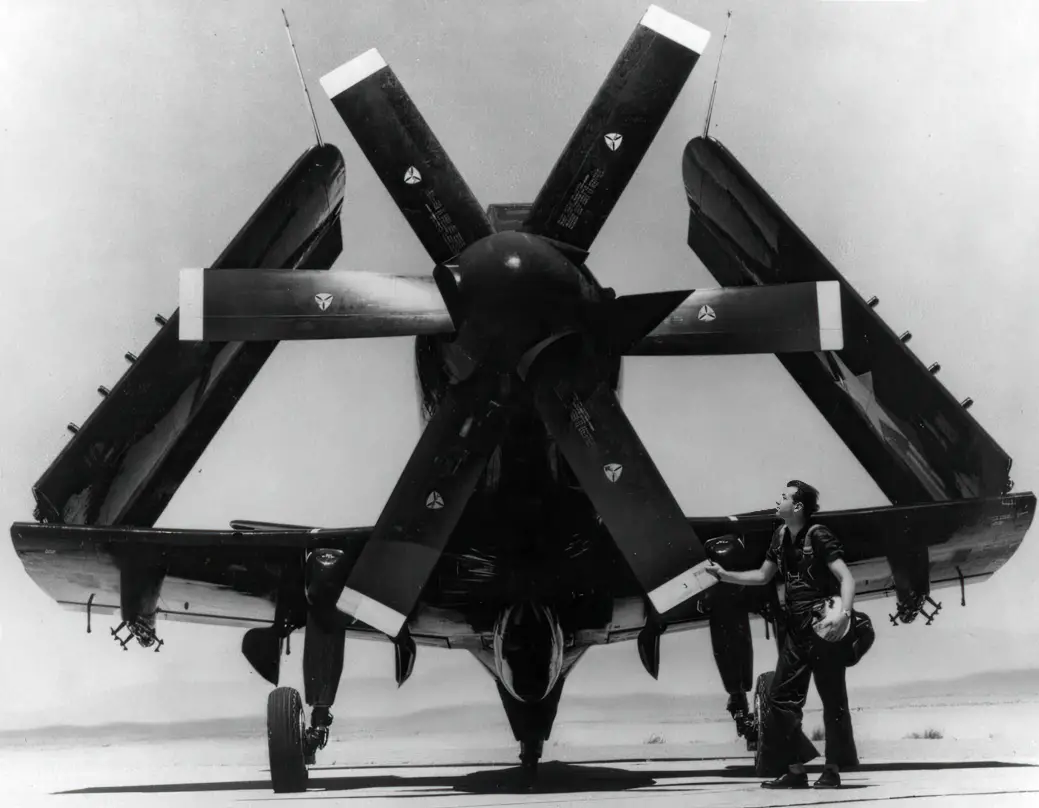
Skysharks Maiden Flight and Testing
The Skyshark first flew on May 26, 1950, showcasing its potential for speed and agility. The U.S. Navy initially expressed excitement, and more test flights followed, exploring the aircraft’s performance, handling, and durability.
However, the test program revealed the Skyshark’s flaws. The powerful Allison XT-40-A-6 engine suffered from reliability issues, including overheating, gearbox problems, and maintenance difficulties. Despite numerous attempts to solve these issues, problems persisted, and the test program faced significant delays.
Jet Age Outpaces the Skyshark
As the Skyshark battled its technical issues, jet aviation advanced rapidly. Jet aircraft, such as the Douglas A4D Skyhawk, began to outperform their turboprop counterparts in speed, range, and overall capability. The Skyshark found itself racing against time, fighting both technical problems and the swift progress of aviation technology.
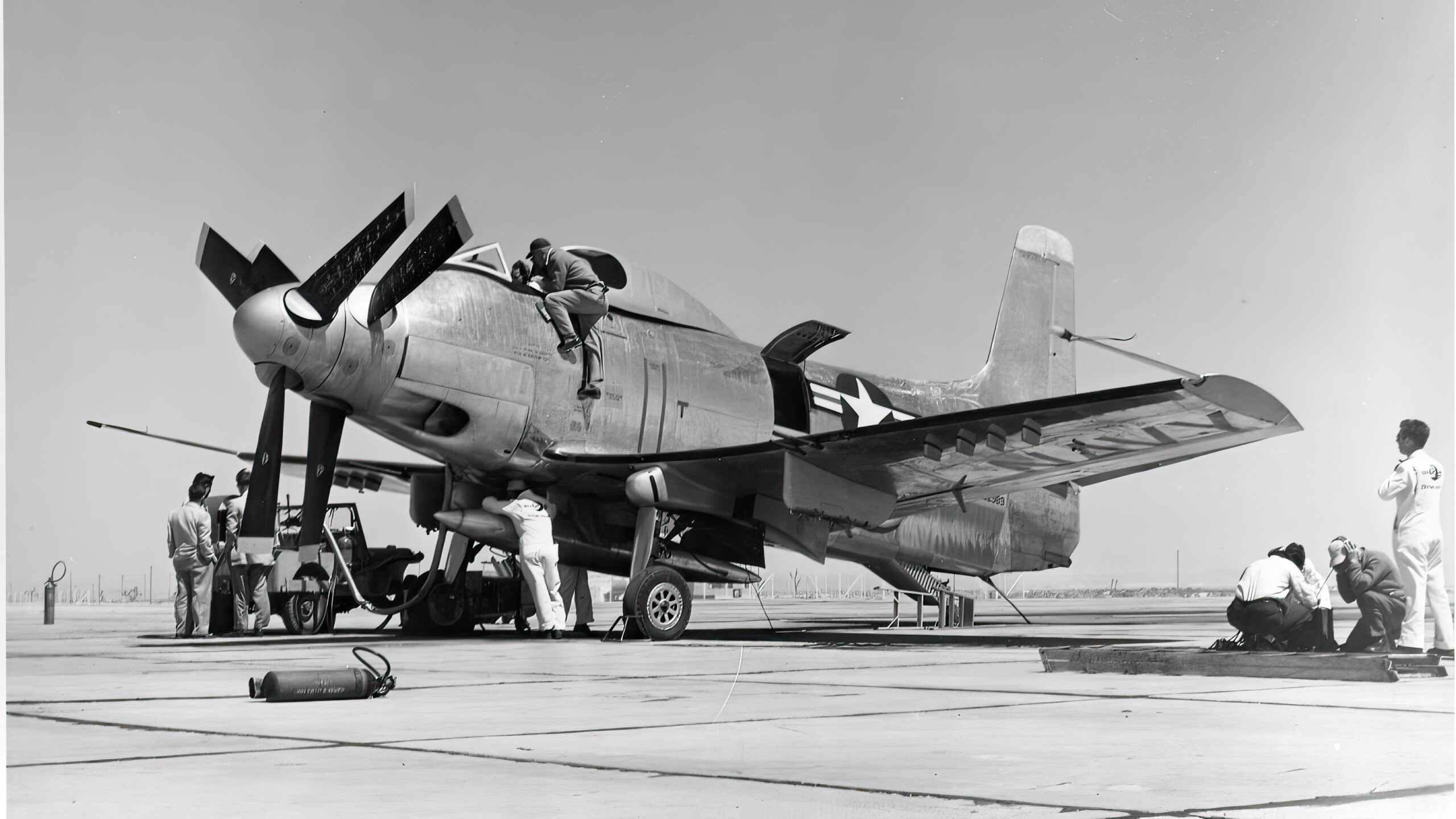
The Skyshark Falls
By the mid-1950s, the Skyshark’s intended goals seemed unattainable. The Navy lost faith in the aircraft’s ability to perform under pressure, and ongoing engine problems threatened the project’s future. In 1954, the Navy officially canceled the A2D Skyshark program after producing only 12 aircraft.
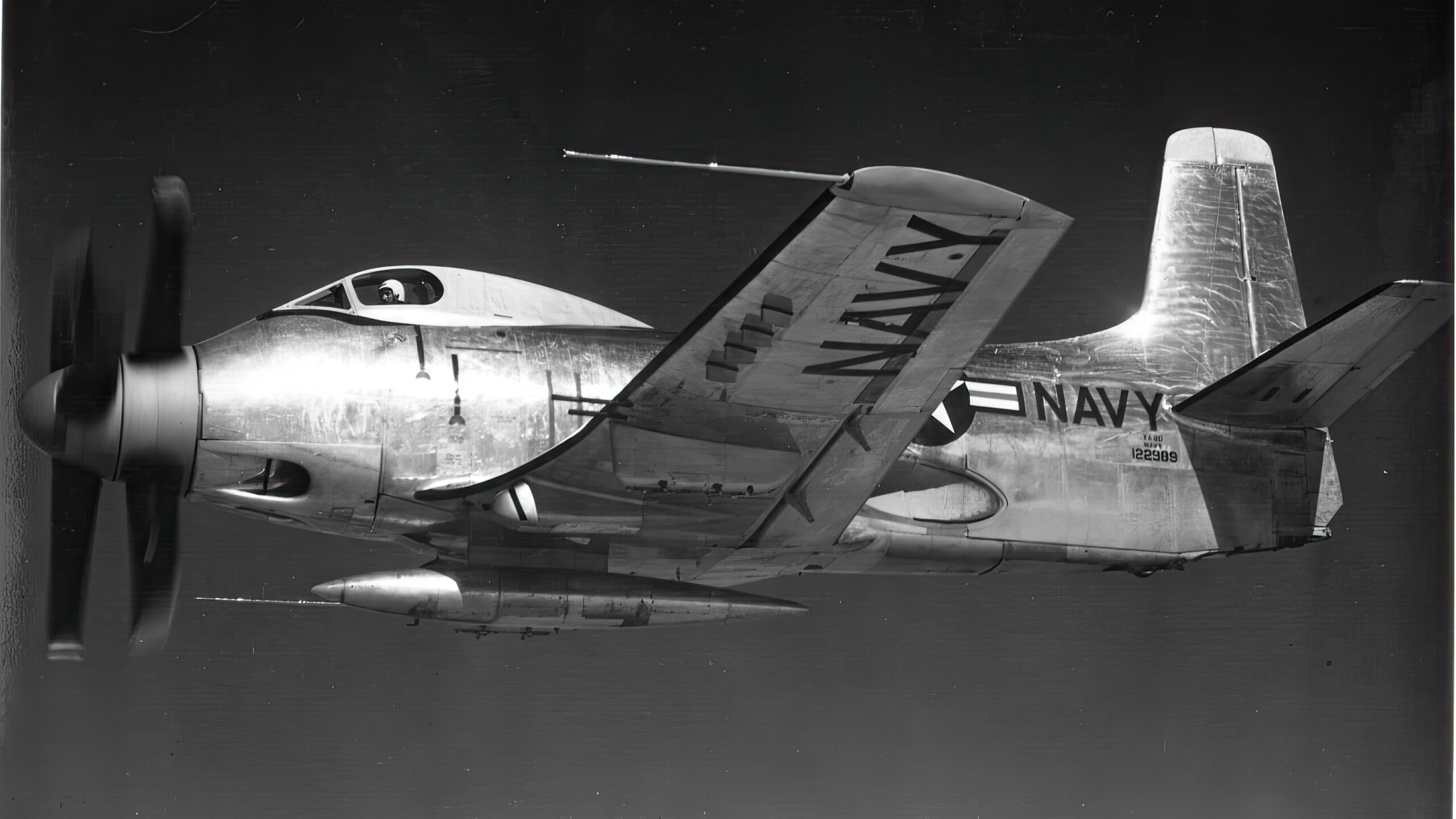
The once-promising Douglas A2D Skyshark fell victim to circumstance. Its groundbreaking design and ambitious aims were overshadowed by technical challenges and the emergence of jet-powered aircraft. The Skyshark remains an aviation history footnote, a high-flying dream that never soared. Today, the Douglas A2D Skyshark serves as a warning from aviation history. Its ambitious design and potential succumbed to technical difficulties and the rapid rise of jet-powered aircraft. Although the Skyshark’s story has faded, the lessons it offers remain relevant.

